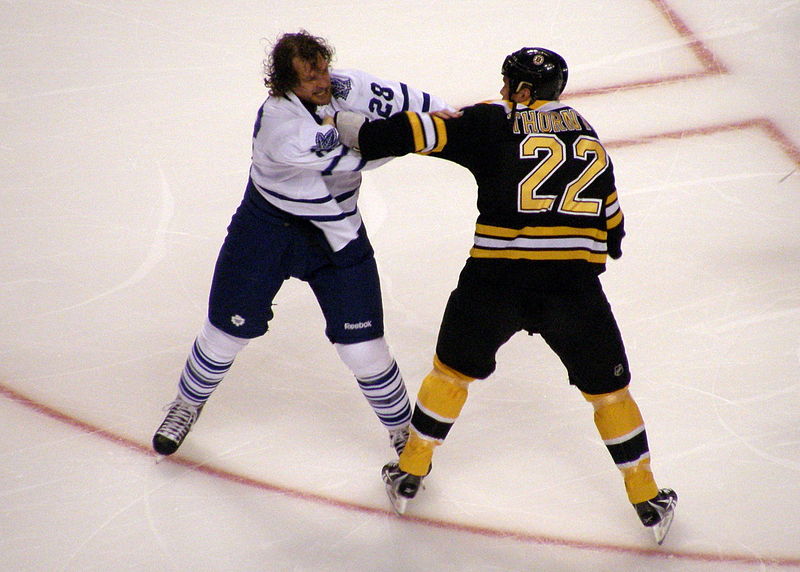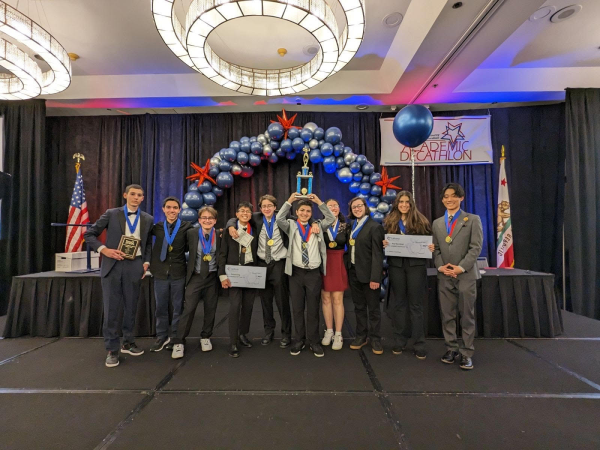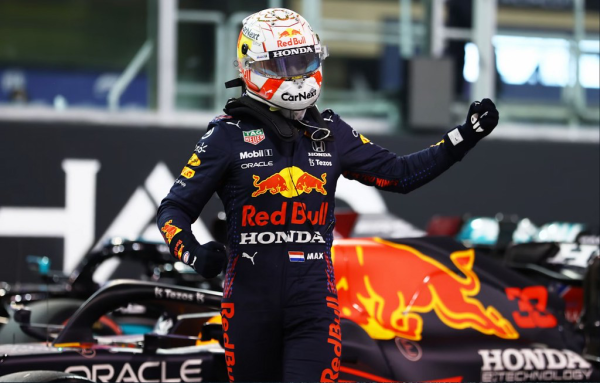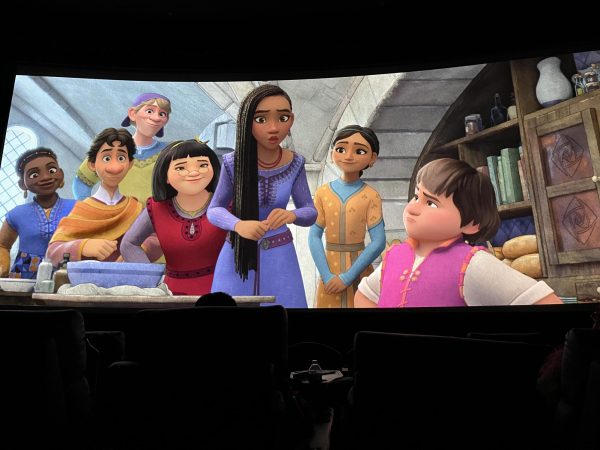The case for keeping fighting in the NHL
via wikimedia.org under Creative Commons license
Shawn Thornton of the Boston Bruins and Colton Orr of the Toronto Maple Leafs face off on the ice in the 2011-2012 season.
There’s something uncannily thrilling about violence. NHL hockey is violent as it is, and there’s nothing more exciting to a hockey fan than watching two players skate towards each other and slam into the boards, or watching someone skate into another player and fall flat like they just ran into a wall. This level of violence is adored and sought after by lovers of the game.
Why is it then that many fans of the sport find it necessary to try to ban one of the most excitingly unique and violent aspects of the game? Fist-to-face fighting is something that no other non-combat sport allows. Dropping the gloves is a long-lasting and admired tradition that enhances the sports watchability, thrill factor and shock value.
Beginning in 1922, the league began to regulate full-on fighting and called it “fistcuffing.” The only punishment for fighting would be a major penalty, which entails a five-minute break for both players. Not only is fighting in hockey unique to any other national sports league, but the NHL is the only hockey league in the world to allow fighting without implementing at least a one game-suspension (except in rare cases).
Ask many NHL fans now and they will tell you, for better or worse, the amount of fighting in the NHL has greatly diminished. At first hint of any altercation, the referees will likely jump in and try to keep it from escalating to a full-on fistfight. As a huge hockey fan, I happen to think this takes away from the true grit and rogue nature of the sport.
As a former soccer player, I can’t even begin to tell you how many times I’ve fantasized of smashing someone in the head or stepping as hard as I can on their toes after they’ve committed to what I thought was an unfair challenge. Any athlete can tell you that during at least a few times in their career they’ve felt that the ref has missed a call or been too generous in punishing the opposing player for a penalty or foul. In a fast-paced and physical game such as hockey, where tempers are always running high and the testosterone is pumping nonstop, it’s only natural for players to react with a punch or a slap with the stick.
It can be argued that a fight would actually be healthier for the players and would actually keep the game more fluid, rather than to have the tension keep building up and resolve in nothing exciting for the fans nor the players.
Fights are a good way for the players to keep themselves in check. Every hockey player knows if they go in for a dirty hit, or if they charge the goaltender after the whistle is blown, or if they shoot the puck after the whistle blows, they’re going to get what’s coming to them. And this makes sense, because it’s only natural to get so angry after something like that happens.
In the video above, the Vancouver Canucks and the Toronto Maple Leafs break into a full-on fistfight involving every player on the ice, referred to as a Line-Brawl. There are many other causes for starting a fight during a game: history among players, team rivalries, or even just a game with really high stakes and insane momentum.
That’s not to say that fighting isn’t dangerous. Of course it’s dangerous. That’s why the league made rules to regulate it. For example, there is an automatic two-minute penalty to any player who removes his helmet before a fight, in addition to the five-minute major. The refs will also step in as soon as a player hits the ice, ending the fight before it becomes too extremely one-sided.
There will always be an army of corporate wealth aiming to end fighting in the NHL. There is reason to believe that the reason why hockey receives such little air time on popular sports shows like ESPN’s SportsCenter is because of fighting, and the violent nature of the game. It would benefit the major sports networks if fighting was removed from the NHL because then they could broadcast it and attract more viewership.
But hockey will never be a family-friendly baseball or basketball type sport. It’s a rogue sport. It’s a sport driven mostly by anger, and watched largely by angry people. Fighting is absolutely critical in such a physical and brutal sport, and letting it die would kill hockey.
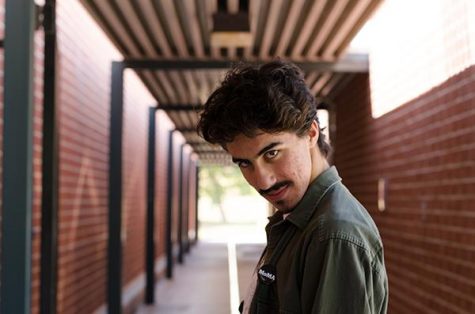
Hobbies/Interests: the playing/listening of music
Favorite Movie: Amores Perros by Alejandro González Iñárritu
Favorite Food: Los Burritos
Plans...



